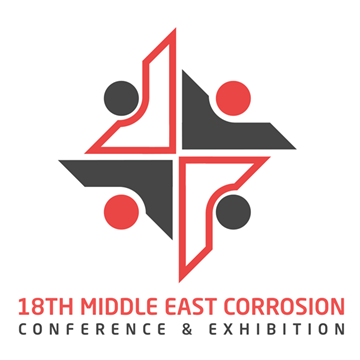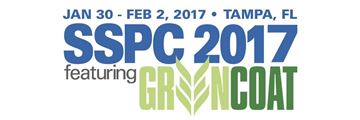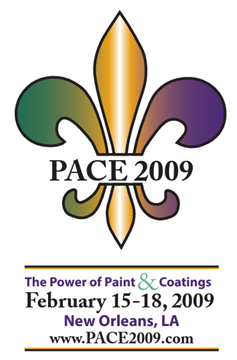Search
Individual Conference Papers
View as
Sort by
Display
per page
High Performance Alloy 955 for Hydrogen Charging Environments
Product Number:
51324-20858-SG
Publication Date:
2024
$40.00
High Performance Liquid Epoxy Polymer Concrete: 30 Year Benchmark Solution - Aro Coating Selection Criteria
Product Number:
51324-20613-SG
Publication Date:
2024
$40.00
High Performance Solutions for the Mitigation or Elimination of Corrosion Under Insulation (CUI)
Product Number:
MECC23-20243-SG
Publication Date:
2023
$20.00
High Performance Water Based Coating Enhanced with Nano Vapor Corrosion Inhibitors
Product Number:
51217-027-SG
Publication Date:
2017
$20.00
High Performance Zero VOC Water Borne Acrylic Topcoat
Product Number:
41209-521-SG
Publication Date:
2009
$20.00
High Productivity and Performance Polyaspartic DTM and Two-Coat Systems
Product Number:
41214-870-SG
Publication Date:
2014
$20.00
High Quality CRA solutions by Electro Slag Process for Austenitic Stainless Steels, 625 & 825 Single & Multiple Layer Solutions
Product Number:
MPWT19-14343
Publication Date:
2019
$0.00
High Resolution CT Scan as Tool for Precise Quantification of Material Loss due to Localized Corrosion in Brake Calipers
Product Number:
51321-16467-SG
Publication Date:
2021
$20.00
High Sensitive Sensors for Collection of Cathodic Polarization Data and Determination of Protection Potential Criteria of Buried Structures
Product Number:
51319-12896-SG
Publication Date:
2019
$20.00
High Strength Austenite For Additive Manufacturing
Product Number:
51322-17496-SG
Publication Date:
2022
$20.00
High Strength Austentitic Stainless Steels for Hydrogen Applications at High Strength
Product Number:
51324-20780-SG
Publication Date:
2024
$40.00
High Temperature and High Chemical Resistant Ambient Cure Tank Liner
Product Number:
51317--9016-SG
ISBN:
9016 2017 CP
Publication Date:
2017
$20.00












